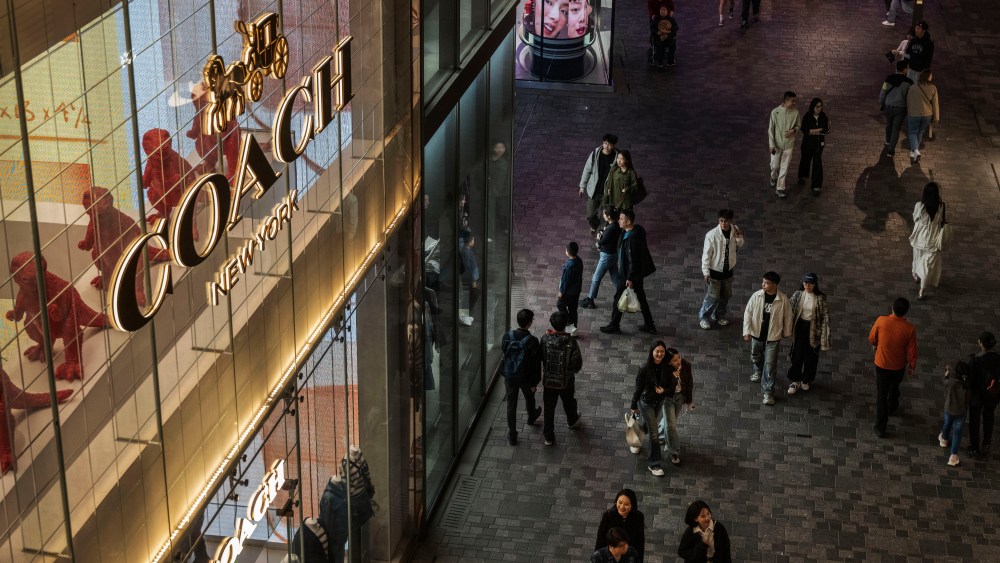China‘s top leadership unveiled a policy outline on Tuesday that vowed to boost the percentage of household consumption of GDP significantly over the next five years.
The outline follows the unveiling of China‘s 15th Five-Year Plan last week, which does not include GDP growth targets but emphasizes “an appropriate pace of economic and social development during the period,” Chinese President Xi Jinping said.
The 15th Five-Year Plan, which was announced after the fourth plenum of the 20th Communist Party Congress in Beijing last week, is viewed as a continuation of policy efforts announced last year and does not signal a paradigm shift.
“The meeting explicitly called for continued policy stimulus on boosting consumption, which could imply sustained direct fiscal spending for this in coming years,” Nomura wrote in a research note.
To achieve balanced growth in the next five years, the plan also emphasized “high-quality development” of the property sector and advancing “tech self-sufficiency,” in particular in semiconductors and AI, two areas where China faces global trade and investment restrictions.
“With its massive investment, rich talent pool, and ample electricity supply, China could lead other countries by a large margin in AI, while it may contest the U.S. in AI hardware applications such as robotics, thanks to China’s lead in manufacturing,” Nomura noted.
Beijing’s ultimate goal is to increase GDP per capita to the level of “middle developed economies”; however, “since there is no unified definition of middle developed economies, we cannot derive an exact growth target for the 15-year period of 2021 to 2035,” according to the Nomura research note.
Morgan Stanley expects China’s economy to grow “below 4 percent” in 2026 and deflation to turn “mildly positive” in 2027.
The Chinese stock market reacted moderately to the unveiling of the latest Five-Year Plan, with the Shanghai Composite Index gaining 0.4 percent on Wednesday morning.
A major growth lever for China’s economy, China’s trillion-renminbi fashion apparel market has seen moderate acceleration in September with 4.7 percent growth, beating overall retail sales’ 3 percent growth, which was the weakest since August 2024.
Experiential spending continues to lead, with restaurant app usage up 24 percent and travel spending growing 16 percent in the third quarter.
“Chinese consumers also appear to follow a K-shaped recovery, with luxury spending crowding toward ‘investment-grade’ and ‘hot’ brands,” the Bernstein report noted.
“Brands like Hermès, Louis Vuitton and Chanel have performed well in the third quarter of 2025, with positive Golden Week performance suggesting that this positive momentum has carried through to the fourth quarter of 2025,” the Bernstein report pointed out.
For Jacques Roizen, managing director of consulting at the Shanghai-based Digital Luxury Group, the Chinese luxury sector has reached a stage of maturity, and to grow market share, brands will need to “outperform the market by getting better at optimization and innovation,” Roizen said.
“We can’t say the desirability or the appetite is lower, but consumers are more focused on value,” Roizen added. “It seems that there are two kinds of success stories: there’s affordable luxury — Tory Burch, Coach, Ralph Lauren — where people can spend less but still get better value for their money; then you’ve got the pinnacle of luxury — Louis Vuitton, Chanel, Hermès — where people buy for value preservation.”
As for the wider Chinese economy, Roizen believes that an emerging “controlled bull market” will be “very encouraging for the upper middle class, and obviously the high-net-worth individuals, who are very supportive of the luxury industry,” he explained.

